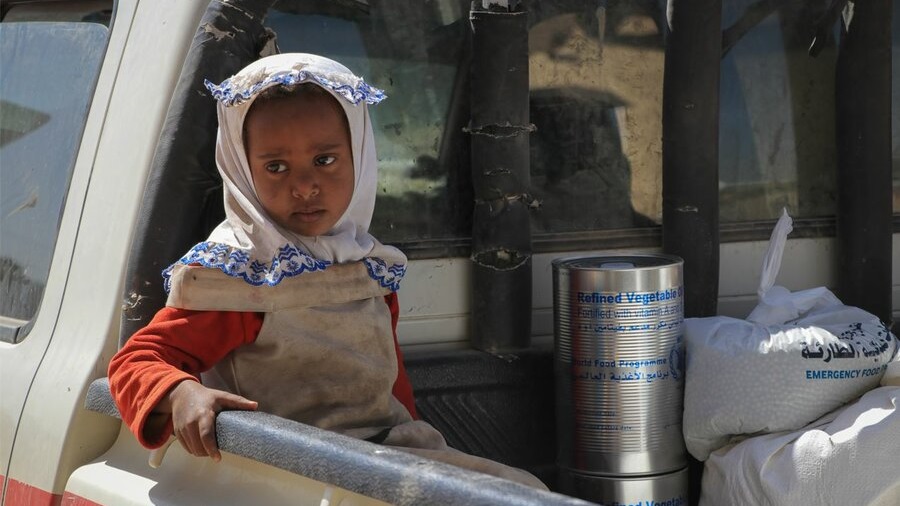Nearly 193 million people from 53 developing countries faced different levels of acute food insecurity in 2021, almost 40 million higher than the previous year, as per the United Nations Global Report on Food Security (GRFS) 2022 released on Wednesday, May 4. The situation needs urgent humanitarian assistance and global intervention to avoid large-scale starvation and deaths.
According to the report, the levels of acuteness of food insecurity from little to no food varied from place to place. It said that people facing emergency or catastrophic levels of food insecurity are above 40 million now, with around half a million people mostly in African countries and in Yemen facing extreme forms of food insecurity or being on the verge of starvation and death. This number is four times higher than in the previous year.
GRFC is a joint publication of the UN Food and Agricultural Organization (FAO), World Food Programme (WFP), and the European Union (EU).
Food insecurity around the 🌍 is growing at an alarming rate🚨
In 2021 #Sudan 🇸🇩 was already among the 10 worst food crises globally, & the # of ppl facing acute hunger is expected to double this year ⁰⁰Read the Global Report on Food Crisis for more 👉 https://t.co/QbK8Jukeal pic.twitter.com/Dz58kMZNNx
— WFP Sudan (@WFP_Sudan) May 4, 2022
The report says that a combination of reasons have been responsible for the rising food insecurity around the world. Apart from the COVID-19 pandemic which disrupted supply chains globally and caused rise in prices of food grains in countries heavily dependent on imports, increasing weather-related disruptions in production have also been responsible for global food insecurity. However, by far, the most significant reason for food insecurity is conflict.
War, conflict and food insecurity
The report warns that the number of food insecure people is expected to increase in the current year due to the ongoing war in Ukraine, primarily because both Ukraine and Russia are major suppliers of wheat.
As FAO director general QU Dongyu said, there is a “tragic link between conflict and food insecurity.” More than two-third of all food insecure people live in zones affected by wars and conflict often created or sustained by external interventions such as in the Democratic Republic of Congo, Afghanistan, Yemen, Syria, Sudan, Ethiopia, Nigeria, and other countries.
Out of the 193 million people facing food insecurity, 139 million from 24 countries were affected by food insecurity due to conflicts and wars. This figure is higher than in 2020 when 99 million people in 23 countries were similarly affected.
In places such as Yemen and Afghanistan, food insecurity is also caused by international blockade (Yemen) or sanctions (Afghanistan) that stop food from reaching these countries which have been traditionally dependent on imports.
In some African countries, such as Madagascar, weather disruptions/climate change was the major reason for the food crisis.
This was the seventh edition of the GRFC. According to the report, the total number of food insecure people in the world has gone up 80% since the first report was published in 2016. The number of countries affected by acute food insecurity has also gone up from 48 to 53 in the same period.
Urgent humanitarian action is needed
Acute food insecurity is defined when a person is unable to consume adequate food which puts his/her life and livelihood in immediate danger. It is often caused by inefficient governance or real unavailability of food grains.
Prolonged food insecurity can cause severe malnutrition leading to rise in diseases among the elderly and wasted children. It can also cause an increase in child mortality rates.
As per the report, “while the international community has stepped up to calls for urgent famine mitigation action, global humanitarian and development funding for the food crisis is failing to match growing needs.”
The report also notes that international funding for humanitarian food assistance has fallen since 2017. Though the economic fallout of COVID-19 remains a major explanation for the fall in global assistance in recent years, it does not explain the phenomena completely.
“The international community must mobilize the investments and political will needed to collectively address the causes and consequences of escalating food crises across humanitarian, developmental and peace perspectives,” the report adds.





